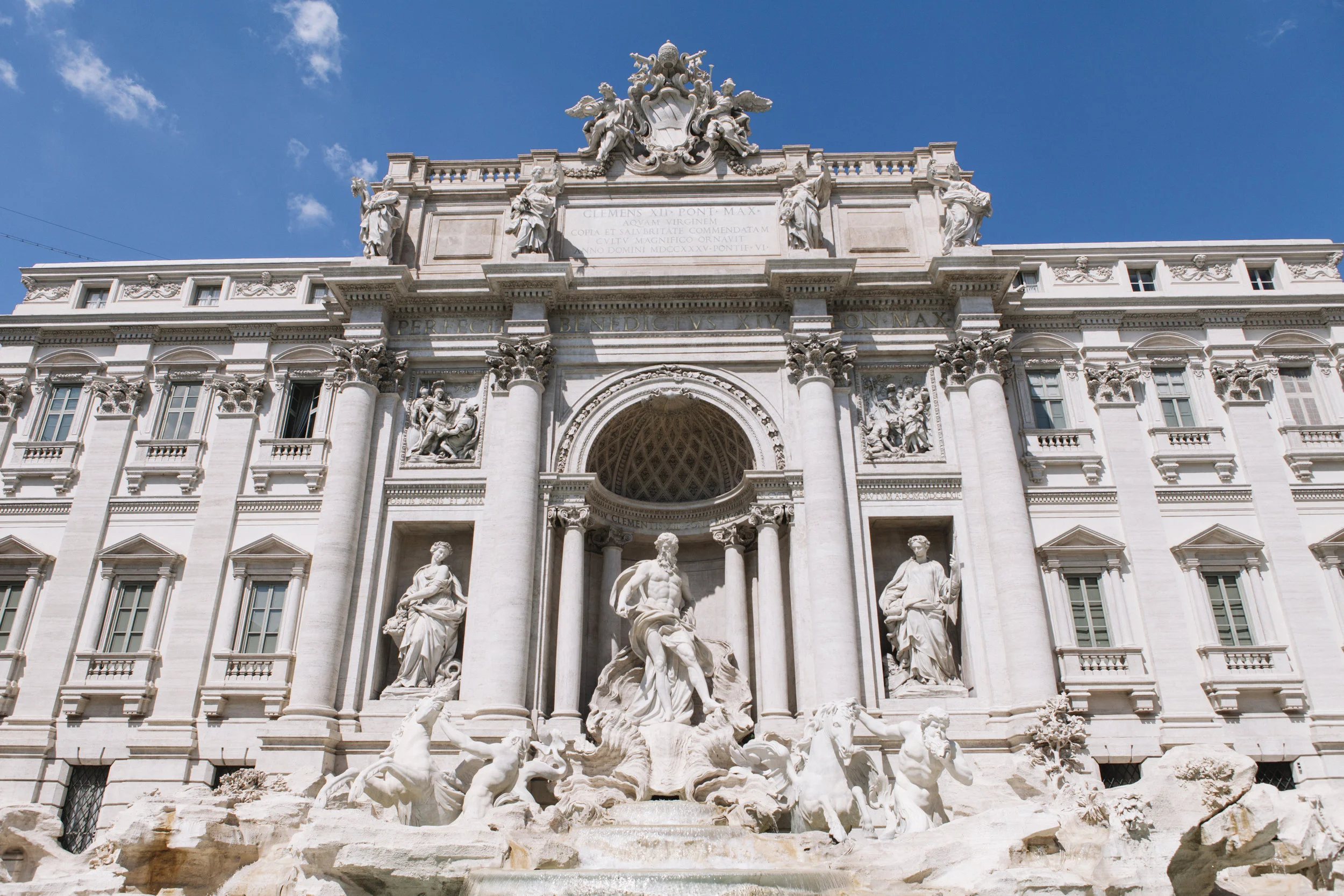Rome
Rome, Italy's capital city is a beautiful mix of historical ruins and basilicas that stand next to picturesque streets and Baroque fountains. While roaming around the streets of Rome, you can easily while away hours at streetside cafes or neighbourhood trattorias, people-watch on pretty piazzas, then follow it up by an evening at a lively aperitivo scene.
Colosseum History
The colosseum was built in nearly a decade which was a relatively quick time period for a project of such a grand scale. Flavian Emperor Titus officially opened the Colosseum (Flavian Amphitheater) in A.D. 80 with a festival consisting of 100 days of games. During its time, the Colosseum was the largest amphitheater in the Roman world, measuring some 190 by 156 meters.
Inside it had seating for more than 50,000 spectators, who were most likely arranged according to social ranking and packed into the space like sardines. At the top awning were unfurled in order to protect the audience from the intense sun as they watched: hunts, wild animals fights, gladiatorial combats and larger combats such as mock naval engagements - the arena was flooded with water for these. The gladiators who fought in front of Colosseum audiences in Ancient Rome were generally slaves, prisoners of war or condemned criminals.
The grand arena fell into neglect after four centuries of active use, and up until the 18th century it was actually used as a source of building materials. A combination of natural disasters, vandalism and neglect by the 20th century had caused huge destruction to nearly two-thirds of the original Colosseum, including all of the arena's decorative elements and marble seats. In the 1990s restoration efforts began and have continued over the years. Even though a lot of the original Colosseum has been destroyed over time, it still remains a popular tourist destination, as well as an iconic symbol of Rome.
*Tip* We would recommend if you were visiting Rome and wanted to see the Colosseum that you go first thing in the morning as the queues can be a couple of hours long. 'Tour guides' (be careful as there will be scammers) will frequently come up to you and try and sell you fast group passes; they are normally very overpriced (you can buy them online yourself a couple of days before), and aren't always any faster than if you just waited and went by yourself.
The Roman Forum is a monumental but rather confusing sprawl of ruins. This is Ancient Rome's showpiece centre, an extravagant district of temples, lively public spaces and basilicas. The site was originally known to be an Etruscan burial ground in the 7th century BC and grew over time to become the political and social hub of the Roman Empire.
Like most other Ancient Roman developments, the Forum fell into disrepair after the fall of the Roman Empire and it was eventually used as pasture land. During the Middle Ages it was known as the 'Cow Field' and was pillaged for its marble and stone. Excavations began in the Forum in the 18th and 19th centuries and continue today.
The Pantheon, a 2,000 year old temple, now a church, is the best preserved of Rome's ancient monuments.
Basilica di San Giovanni in Laterano.
*Tip* We would definitely recommend that you pay a visit here, it is free to enter and absolutely beautiful inside. Girls to walk around the basilica however, you need to have your shoulders and knees covered, worth it for the spectacular artworks you will see inside.
Scalina Spagna otherwise known as the Spanish Steps.
The Fontana di Trevi is Italy's largest and most famous Baroque fountain.





































